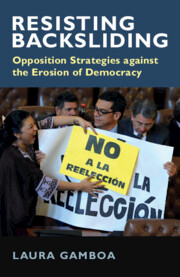This essay reviews the following books:
The Cuba Reader: History, Culture, Politics. 2nd ed., revised and updated. Edited by Aviva Chomsky, Barry Carr, Alfredo Prieto, and Pamela Maria Smorkaloff. Durham, NC: Duke University Press, 2019. Pp. xi + 744. $32.95 paperback. ISBN: 9781478003939.
Picturing Cuba: Art, Culture, and Identity on the Island and in the Diaspora. Edited by Jorge Duany. Gainesville: University Press of Florida, 2019. Pp. xii + 320. $35.00 paperback. ISBN: 9781683402091.
The Cuban Hustle: Culture, Politics, Everyday Life. By Sujatha Fernandes. Durham, NC: Duke University Press, 2020. Pp. ix + 184. $24.95 paperback. ISBN: 9781478009641.
Entangled Terrains and Identities in Cuba: Memories of Guantánamo. By Asa McKercher and Catherine Krull. Lanham, MD: Lexington Books, 2019. Pp. xxiv + 188. $90.00 hardcover. ISBN: 9781793602770.
El árbol de las revoluciones: Ideas y poder en América Latina. By Rafael Rojas. Madrid: Turner, 2021. Pp. 302. ISBN: 9788418895029.
Beyond Cuban Waters: África, La Yuma, and the Island’s Global Imagination. By Paul Ryer. Nashville: Vanderbilt University Press, 2018. Pp. x + 240. $39.95 paperback. ISBN: 9780826521194.
Dancing with the Revolution: Power, Politics, and Privilege in Cuba. By Elizabeth B. Schwall. Chapel Hill: University of North Carolina Press, 2021. Pp. xi + 298. $34.95 paperback. ISBN: 9781469662978.
